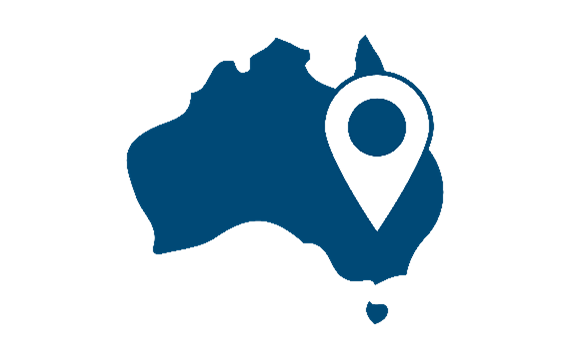Key requirements of the EUDR:
1.
The land cattle have been kept on from birth to slaughter must not have been subject to deforestation or forest degradation since 31 December 2020.
2.
Australian cattle producers who wish to continue to trade into the EU will need to provide their geolocation (latitude coordinate and longitude coordinate) to enable this information sharing to occur.
3.
Australian feedlots and processors will be able to access a new report in the NLIS to retrieve the geolocations the cattle they wish to send to the EU have been on since birth. They can then use this to conduct due diligence and verify the deforestation status.
4.
Australian exporters need to provide the geolocation coordinates of where all cattle have been kept from birth to slaughter for each export consignment.
How to Share Geolocation
LPA accredited producers can add their geolocation (single latitude and longitude) to their LPA account. This geolocation is used to identify the LPA-accredited property where livestock are kept and by providing the geolocation in LPA permissions the sharing of geolocations without sharing any Property Identification Codes (PIC) or personal information.
Producers can update or remove their geolocation and permission for sharing at any time. Via the NLIS Database, feedlots and processors can access the lifetime geolocations of livestock in export consignments bound for the EU and share this with their EU importers to meet the EUDR requirement.

How to Access Geolocations
Processors and feedlots involved in exporting to the EU will be able to access geolocation data via their NLIS Account where a producer has opted to share their geolocation in LPA. The new report in NLIS is called ‘Geolocation of Animal Movements’ and allows NLIS device numbers (NLISID or RFID) to be searched. The report will return a list of geolocations that are available for each NLIS device. The geolocations can be exported from NLIS and shared with EU importers.

Frequently Asked Questions
Being assigned a low-risk rating means Australian beef and beef products will face a simplified deforestation due diligence process by EU authorities. Sharing your geolocation using the simple mapping tool in your LPA account is required to meet the requirements of this process. Sharing your geolocation supports continued market access for Australian beef and beef products including leather and hides.
For help on how to share your geolocation in LPA, please review this guide.
For the latest updates on EUDR, visit this Department of Agriculture, Fisheries and Forestry webpage.
A ‘geolocation’ is a latitude coordinate and longitude coordinate to a minimum of six decimal places. For cattle, the EUDR requires a single geolocation coordinate to describe the establishments where cattle have been kept i.e. one latitude and one longitude coordinate.
Geolocations will be shared via NLIS to feedlots and processors who are exporting to the EU. Processors and feedlots will share the geolocations with EU Importers who need to submit them as part of import documentation to the EU Commission. Importers must include the geolocations on a due diligence statement to be able to import the product.
In some situations, processors and feedlots may also be required to on-share geolocations to other third parties for the purposes of assisting them in their due diligence.
Beef, beef products and leather/hides from livestock you produce may not be eligible for export to the EU.
For producers who are European Union Cattle Accreditation Scheme (EUCAS) accredited, opting in to share your geolocation will provide the required information to also meet the EUDR and so products from your cattle can continue to be exported to the EU.
For producers not involved in EUCAS opting in is still important. Leather and hides that are exported to the EU can be sourced from any cattle in Australia, not just from EUCAS properties. Even if you are not in EUCAS by sharing your geolocation it enables leather/hides from cattle to continue to be exported to the EU.
The EU is committed to reducing its impact on global deforestation and forest degradation. The EU aims to do this through promoting the consumption of ‘deforestation-free’ products via the Regulation (EU) 2023/1115 on deforestation-free products. The EU are equally imposing this regulation on all farms located in the EU and other countries that import into the EU. EUDR applies to other commodities including wood, coffee, oil palm, rubber, cocoa, canola and soya products not just cattle.